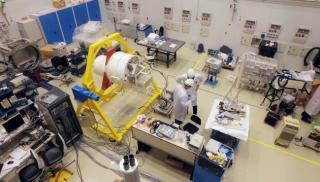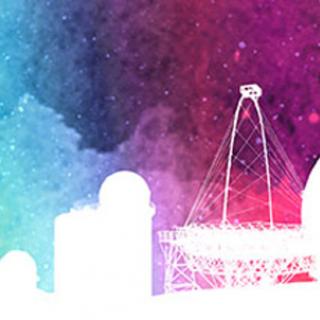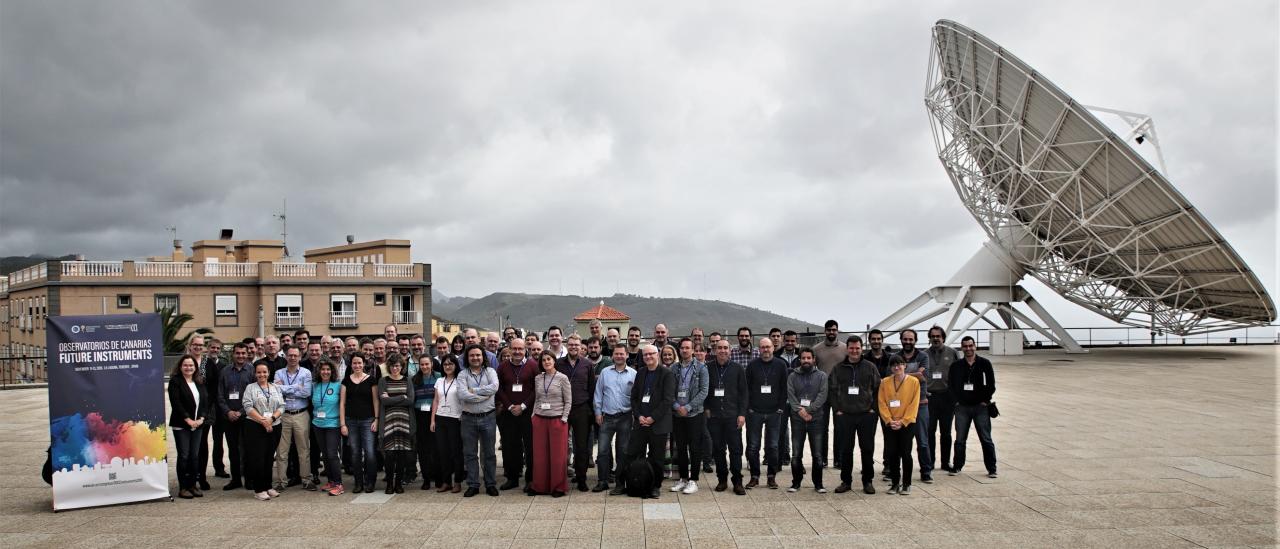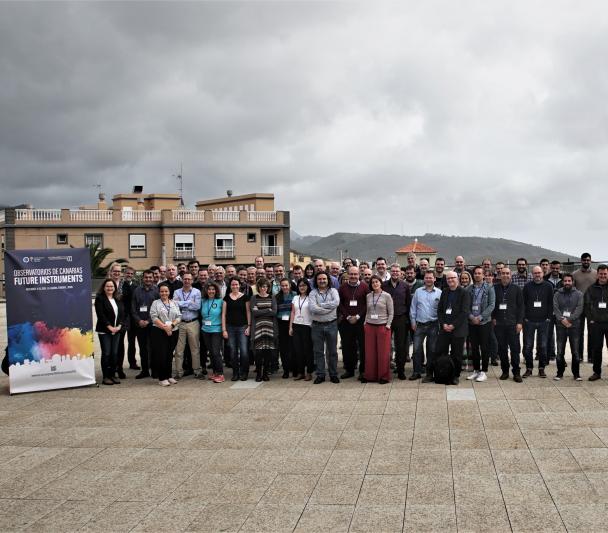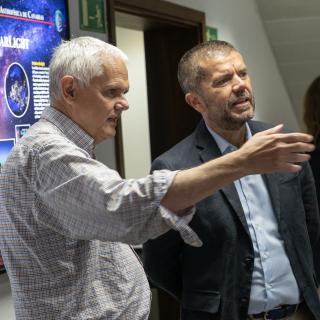From 11th to 13th November the conference “Future Instruments for the Telescopes of the Canary Observatories”, organized by the Instituto de Astrofísica de Canarias (IAC), was held in Tenerife. At the meeting the exceptionally favourable period for the astrophysical installations in the isands was discussed, as well as the important role in the coming years of the present small and medium sized telescopes thanks to the planned instrument developments.
For three days almost 80 experts in astrophysical instrumentation met in the Museum of Science and the Cosmos of the Cabildo of Tenerife in order to discuss the instruments which are being developed for some of the installations of the Canary Observatories.
There were 22 major talks in which those in charge of the telescopes and of the instrumentation projects talked about subjects such as the scientific objectives of the Observatories in the near future, the instruments available on the various telescopes, the advantages compared to other observatories, and the synergies between the current and the new installations.
The director of the IAC Rafael Rebolo, who presided over the welcome session, had stressed the need for periodic meetings of this kind to set up more fluid collaborations between institutions. “ All those present share common interests so that I hope that this confernece will help us to better knowledge of our future plnas, and to cooperate to produce better instruments”.
At the meeting it was also pointed out that the Canary Observatories are at at an exceptional level, and that their telescopes are producing science at the frontier of astrophysics. According toe Alfonso L. Aguerri, the coordinator of the Instrumentation Division of the IAC, and organizer of the conference: “In the era of the giant telescopes, thanks to continuous technological updating and the development of new instruments the present small and medium-sized telescopes continue to be basic in tackling the current challenges in the field”.
The future is even more promising with the new generation of telescopes which will be installed in the Observatories in the next few years, with which it will be possible to cover almost the full electromagnetic spectrum and all the fields in astrophysics, from studies of the sun to the most energetic and distant phenomena in the universe. The need to continue looking for synergies between different proyects and institutions, and to organize working groups and further meetings was also stressed.
During the conference plans for technological development in the coming years were presented, for some of the present and future telescopes of the Teide and the Roque de los Muchachos Observatories among them the night-time telescopes of medium and large size (GTC, WHT, INT, TNG and NOT) the solar telescopes (THEMIS, SST, GREGOR, and EST) the robotic telescopes (LT, GÓTO, STELLA AND NRT) the telescopes dedicated to high energy astronomy (CTA, ASTRI, and EMMA) and the detection of the Cosmic Microwave Backgrouind (QUIJOTE, GroundBird, and TMS).
During the meeting there were also lectures about the development of optical communications for ground based telescopes, research in new systems of cryogenic refrigeration, the design and implementation of adaptive optics, the making of detectors and new cameras, the studies which characterize the sky and the continuous monitoring of the astronomical quality of the Observatories.
More information:
Congress website
Contact:
Alfonso L. Aguerri, instrumentation coordinator and researcher at the IAC: jalfonso.aguerri [at] iac.es (jalfonso[dot]aguerri[at]iac[dot]es)
